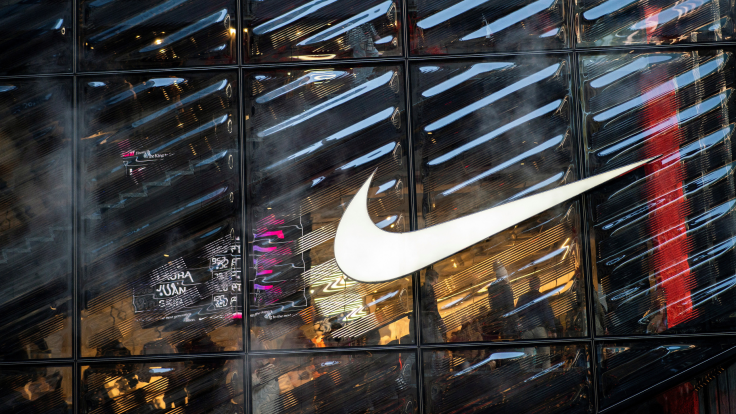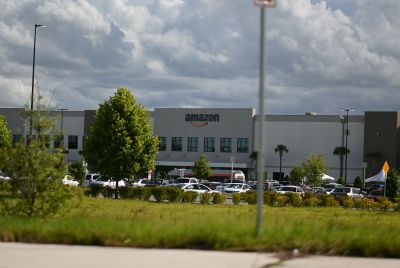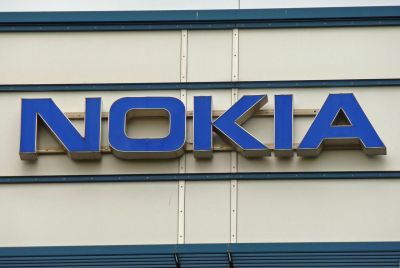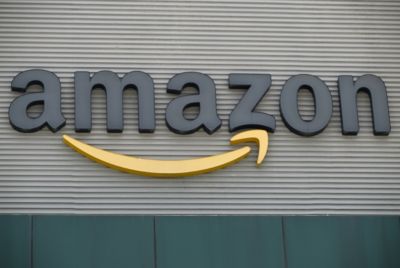Nike's Big Bet On Amazon: Sportswear Giant Returns To Platform As Online Rivals Surge Ahead

After a six-year absence on Amazon, sportswear giant Nike is returning to one of the biggest e-commerce platforms globally amidst growing competition. Moreover, Nike is also setting new price guidelines for its products amidst a dip in sales, resulting in the brand making these strides to counter any lingering effects of Trump's ongoing tariffs, which are affecting their raw material importation.
A Bid to Invest in Online Marketplaces
Nike told FOX Business it is enhancing its marketplace strategy to deliver the right products, top-tier services, and personalised shopping experiences wherever consumers engage.
As part of this push, the company is expanding its digital presence to platforms like Amazon in the US and partnering with new physical retailers such as Printemps. Nike is also introducing AI-powered conversational search tools to improve its online shopping experience.
An Amazon spokesperson confirmed that while third-party sellers have offered Nike products for years, Amazon will soon begin directly sourcing a broader range of Nike merchandise. This will significantly increase product availability for US customers.
Amazon also noted it is offering a grace period for the limited number of sellers impacted, allowing them to sell off existing inventory of overlapping Nike products.
Nike's Impending Price Hikes
Nike is set to raise US retail prices on select products beginning June 1, 2025, in response to escalating import tariffs and supply chain challenges. Adult footwear priced between $100 (£73.98) and $150 (£110.97) will increase by $5 (£3.70), while those over $150 (£110.97) will see up to a $10 (£7.40) hike.
Meanwhile, clothing and equipment will rise by $2 (£1.48) to $10 (£7.40). Children's products, items under $100 (£73.98), Air Force 1 sneakers, and Jordan-brand apparel will remain unaffected.
This strategic move reflects Nike's efforts to navigate the complexities of global trade dynamics while maintaining profitability and consumer engagement.
Why Nike Previously Left Amazon
In November 2019, Nike ended its direct sales partnership with Amazon, citing concerns over counterfeit products and a desire to regain control over its brand representation.
Despite a 2017 agreement to reduce unauthorised listings, Nike found that counterfeit and grey-market goods continued to proliferate on Amazon's platform, undermining customer trust and diluting the brand's image.
Additionally, Nike sought to prioritise its direct-to-consumer strategy previously, focusing on its own website, apps, and retail stores to offer a more personalised shopping experience.
Responding to Revenue Decline
In its fiscal third quarter, Nike reported a 9% year-over-year revenue decline, with total sales falling to $11.3 billion (£8.36 billion). The downturn was driven by a 15% drop in digital sales and a 17% decline in China, reflecting weak demand and heightened competition.
Gross margin contracted by 330 basis points to 41.5%, pressured by higher discounts and inventory challenges. Meanwhile, net income fell 32% to $800 million (£591.85 million).
In response, Nike is implementing its "Win Now" strategy under CEO Elliott Hill, focusing on product innovation, rebalancing wholesale and direct channels, and enhancing brand storytelling. Despite these efforts, Nike anticipates a mid-teens percentage decline in fourth-quarter sales, citing ongoing macroeconomic pressures, tariffs, and shifting consumer behaviour.
This return to Amazon reflects Nike's growing desire to expand direct sales and improve customer experience. As Nike navigates evolving consumer habits and economic headwinds, its re-entry into Amazon's ecosystem signals a pragmatic shift toward balance—leveraging reach without sacrificing brand integrity.
© Copyright IBTimes 2025. All rights reserved.





















